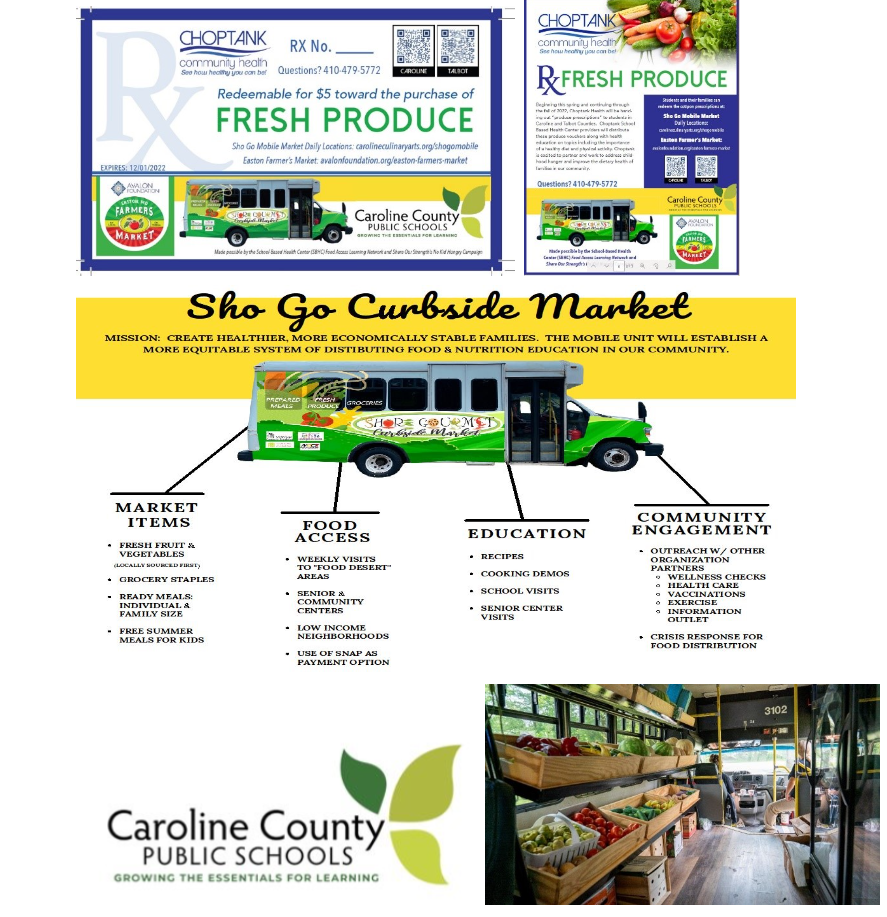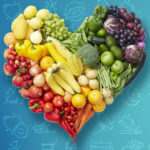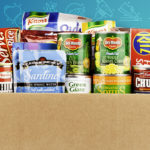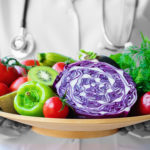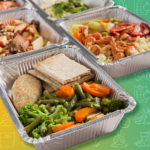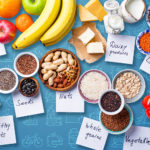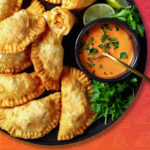Food Resources Offsite
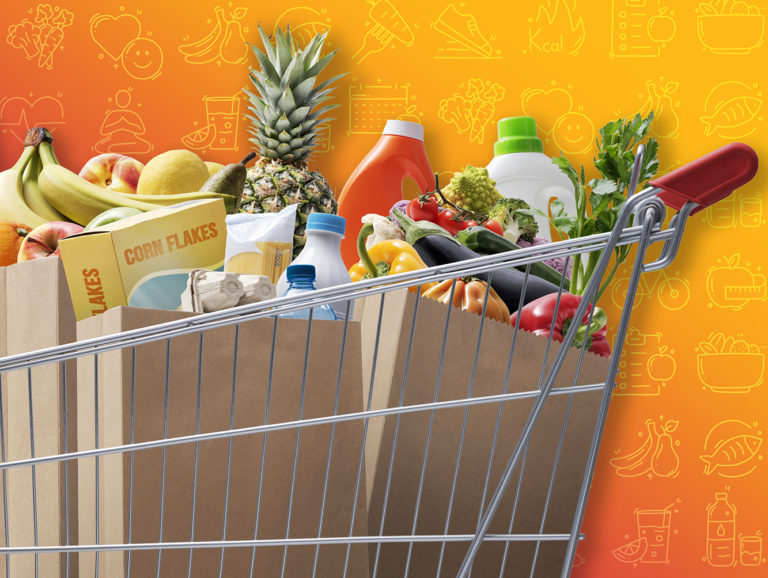
What is it? (i.e., produce Rx, offsite pantry, mobile meals, mailing food)
- Similar to offering food resources onsite, these models address gaps in community needs by offering food resources available to families offsite. This could include a referral or warm handoff to a community food pantry or food bank, a “produce prescription” or voucher to redeem fruits and vegetables at local retailers, provision of gift cards to a local grocery store, or a connection to a mobile food option in the community.
- This model is resource intensive then hosting a food resource program onsite, however, it requires strong partnerships with local organizations.
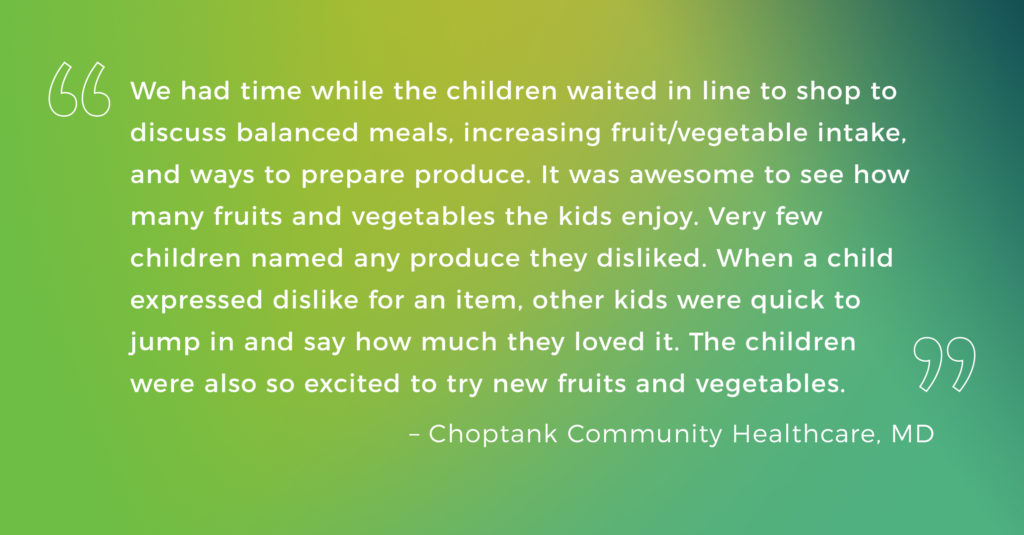
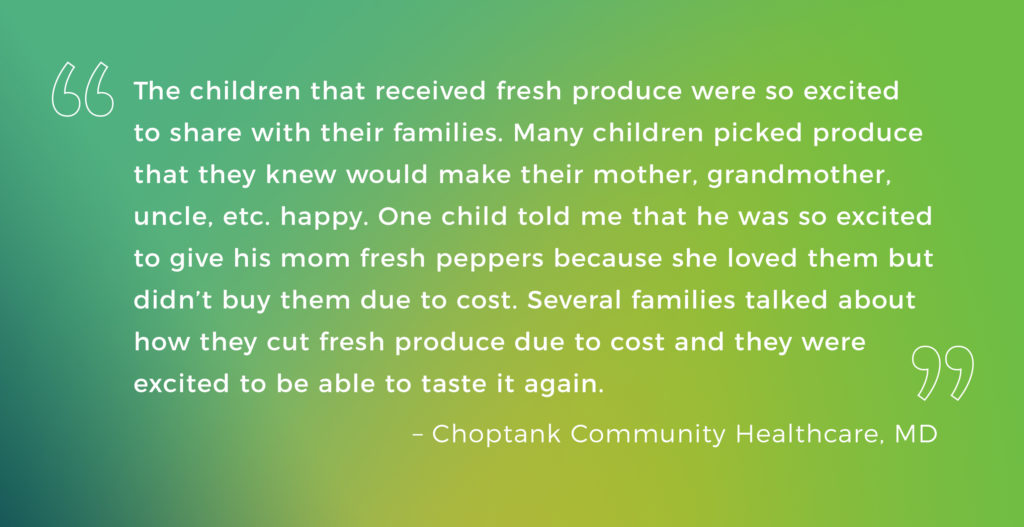
How does it work?
- One way this model could look is developing a menu of resources which may meet a variety of food needs for a family.
At the Neighborcare SBHC at Rising Star Academy in Seattle, they complete initial nutrition assessments with all registered families. The SBHC has established multiple resources to offer families which include gift cards available for five commonly used grocery stores, a fresh produce pantry in the SBHC with produce donated from a local partner, provision of hot meals from a restaurant partner, and connections to a free farm box program operated by another community organization. In addition, nutrition education classes are provided, along with referrals to SNAP and WIC enrollment assistance. Their extensive partner network allows for customized interventions to meet families where they are.
- Produce Prescription is another common intervention employed in a variety of healthcare settings. This model identifies patients with a food and/or diet related health need and “prescribes” healthy foods through provision of vouchers. The vouchers can be redeemed at local retailers including grocery stores and farmers markets. The National Produce Prescription Collaborative defines this intervention as, “A health intervention for patients who are eligible due to health risk or diet-related diagnosis, lack of access to nutritious foods, and are referred by a health care provider or health insurance plan. These prescriptions are fulfilled through food retail and enable patients to access produce with no added fats, sugars, or salt, at low or no cost to the patient. When appropriately dosed, Produce Prescription Programs are designed to improve healthcare outcomes, optimize medical spending, and increase patient engagement and satisfaction.”
- Feedback from the field
Choptank Community Health SBHCs in Caroline and Talbot County, Maryland developed a Produce Prescription program for patients. Youth patients who attended summer and afterschool programming were provided with vouchers that they could redeem at these programs, using the school district’s “Sho-Go” mobile market. SBHC staff partnered with Shore Gourmet to provide fresh, local produce to students and families using this mobile unit. Vouchers are also distributed at well child visits and in addition to using vouchers at the Sho-go market, families can also redeem at local farmer’s markets. Caroline County families were greatly limited by a lack of transportation, so the Sho Go mobile unit allowed staff to meet them where they are.
LMAS District Health Department also piloted a produce voucher program in their community with a local farmer’s market. Vouchers were distributed to eligible families through the SBHC, and in partnership with the local WIC clinic and Sault Sainte Marie Tribe of Chippewa Indians. The farmers’ market voucher program was modeled after another successful Tribal YEA (Youth Education in Activities)
